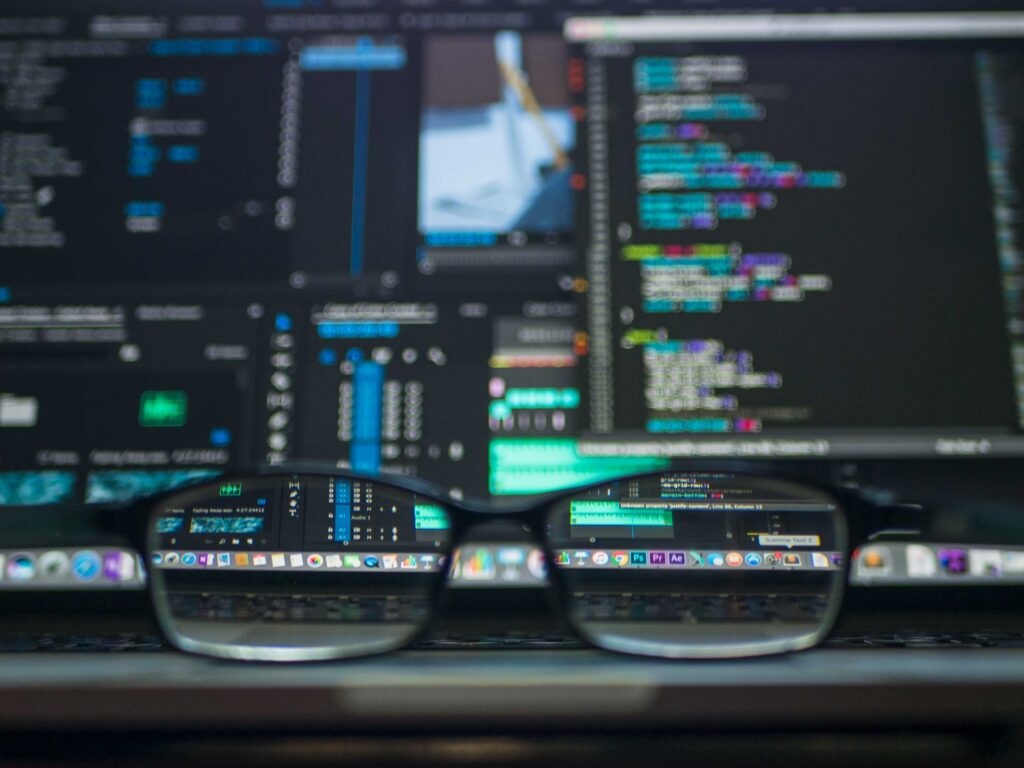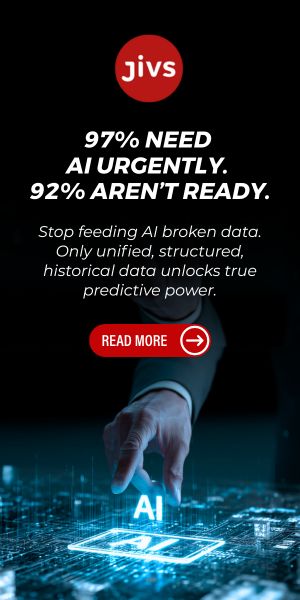Right now, the world finds itself at the dawn of a new ‘space race’ – but it’s not a race to the moon or stars; this time, the battleground is the digital space, and the prize is market dominance in an AI-driven future. The US and UK currently lead the world in this market, pouring billions into AI start-ups and accelerating the rate at which these innovations are shaping the future of some of the most impactful industries, such as healthcare and cybersecurity.
During a recent webinar hosted by Red Hat and Run:ai, experts came together to discuss the footprint that this AI race will have, with real industry scenarios and a focus on a concept called Swarm AI. Red Hat’s Jan Wildeboer, EMEA Evangelist, explained: “There is pressure from the Big 4, coming from the top, trying to occupy the market. At the same time, we have a bottom up approach from a group of much smaller players that work with their own models, that are also pushing up into the market. So now the market is in the middle and this is exactly where you want to be.”
“So with the big hype from the top slowly but surely showing a little bit of a problem, the focus moves to what’s happening down here?
“Having the right tooling in place, and allowing and enabling big corporations with smaller models and domain specific models, is what I call Swarm AI. You create a swarm of small models that work together, with different weightings, and now you can start exchanging training data and combining. This all together, the openness and the transparency to share it, and creating a market – that is the future.”
The argument is that the AI race won’t be about building the biggest models; rather it’s about harnessing the power of smaller, specialized AI models that can be finely tuned to solve specific problems with unprecedented precision – which is best demonstrated when considering innovations in the healthcare space, where AI is making a life-saving impression.
The deployment of smaller AI models, such as those facilitated by Run:ai and supported by Red Hat’s OpenShift, is transforming healthcare from reactive to proactive, allowing for early detection of life-threatening conditions.
Run:ai specializes in the orchestration and management of AI workloads and their platform is designed to optimize the deployment of AI models, particularly smaller, specialized ones that can be finely tuned to solve specific problems.
Red Hat, on the other hand, is a well-established software company known for its contributions to open-source technology. One of its flagship products that is integral to the Run:ai partnership is Red Hat OpenShift, a Kubernetes-based container platform that allows developers to build, deploy and manage applications in a cloud-native environment.
By integrating Run:ai’s workload orchestration capabilities with Red Hat’s OpenShift platform, organizations can more easily deploy these smaller, specialized AI models that are optimized for specific tasks. This partnership is particularly beneficial in healthcare, where precision is arguably most important.
Because the partnership allows smaller AI models to be deployed and managed more efficiently, Fevzi Konduk, EMEA Head of Ecosystem Market Incubation at Red Hat, considered its potential in the healthcare sector, saying: “When you create these smaller, more specific applications, you actually get the power to do things that a human couldn’t detect.” Smaller AI models are now able to analyze medical data with such precision that they can detect early signs of diseases far more accurately and faster than traditional methods, like checklists and check-ups.
For instance, AI models developed specifically for analyzing medical images can identify lung cancer at stages so early that they were previously undetectable by human eyes. These models, finely tuned to understand the nuances of medical imagery, are not just augmenting human capabilities – they are surpassing them in critical ways.
Steve Blow, Solutions Engineer at Run:ai, elaborated on the efficiency of these models: “A lot of organizations are taking the open-source models and doing fine-tuning, customizing that to their needs. The challenge is that the larger the model, it takes longer, so having something more precise makes a lot more sense.” In the context of healthcare, where every minute counts, the ability to deploy highly targeted AI models can mean the difference between life and death.
One of the most compelling examples of this is the use of AI to detect sepsis. This condition, which can rapidly lead to organ failure and death, is notoriously difficult to diagnose early. However, with AI, healthcare providers can detect sepsis earlier than traditional methods, significantly improving patient outcomes. As Konduk pointed out: “With AI we can detect it three hours before any other conventional method. Which can save lives, and limbs.”
This transformative potential, however, is accompanied by a host of ethical and sustainability concerns. The very power that makes AI so useful – its ability to analyze vast amounts of data and make decisions quicker than human brains – also raises questions about privacy, data security and leads to the environmental impact of training these models.
Dominika Oliver PhD, Senior Manager of Intelligent Application Platform Enablement at Red Hat, addressed these concerns during the webinar: “How can we shape how companies shape their AI with their tooling, and how sustainable can it be? It needs to be baked into the design from the very start.”
“For example, for efficiency, Red Hat looks at how much computer power we can save for our customers. It all starts with simple things like monitoring your power consumptions. This starts at the design stage.”
Transparency and regulation are also critical in ensuring that AI development remains ethical. Wildeboer emphasized the importance of policy in this area, noting: “The main thing that can help is transparency on the policy level.”
Blow added: “AI is solving a lot of challenges in the world today and I think we have to be careful that we don’t create other challenges, like energy consumption. Sustainability is definitely something that needs to be looked at.” Innovations in data center cooling and low-power AI chips are key to minimizing the energy consumption associated with AI operations.
The more open AI, the better
A core objective of the Red Hat and Run:ai partnership is to enhance GPU utilization and accelerate AI model training. GPUs are specialized processors that drive AI workflows but are expensive and often underutilized. Run:ai’s platform is designed to maximize GPU resource management, which significantly improves the efficiency of AI infrastructure.
As Blow said: “If you look at AI and this goes down to economics around the world, one of the key metrics people attack is productivity.” The introduction of the Run:ai certified OpenShift Operator on to Red Hat OpenShift AI addresses critical GPU scheduling issues, ensuring that resources are allocated effectively across AI workloads. This development is important in the context of sustainability because it directly impacts how well organizations can leverage their existing hardware while reducing wasted resources and lowering operational costs.
As AI technologies become more embedded in daily life, open and transparent AI serves to ensure not only low waste and costs but also maintains privacy and ethical use of data. Transparency will be key. Oliver said: “The more open AI is, the better it is to have many eyes on it to ensure that everything is being done in a responsible way.”
In the race to the AI market, history and success will be defined by nations’ ability to harness AI’s power responsibly and sustainably. The innovations driven by companies like Run:ai and Red Hat demonstrate that it is possible to push the boundaries of what AI can do while maintaining a focus on transparency as well as efficiency. As we move forward, these principles will be the true measures of progress, ensuring that the benefits of AI are shared broadly and equitably across society.
The dawn of this new era in AI is not merely a continuation of the technological advancements of the past – it’s the beginning of a profound transformation that will redefine industries, improve lives and, if navigated carefully, lead to a future where the potential of AI is fully realized in a way that aligns with our highest values. The discussion between Red Hat and Run:ai made it clear that this may be best achieved with smaller AI models with defined purposes and above all collaboration, collaboration, collaboration.
Wildeboer summarized the stakes aptly: “Progress should never be dependent on one single company, at least it shouldn’t be for a good market.”
The future may well be in the hands of these AI start-ups and as this new digital race unfolds, the world will watch closely to see which nation, or which models, will come out on top.






